Dmitry arkhipov
Interview to Perfect Magazine
— You are a nature photographer, why did you choose nature from all genres of photography?
— For me, traveling and wildlife are an inexhaustible source of inspiration. Since my childhood, I began to engage in sports tourism, to visit the most interesting places on Earth, to see nature, untouched by civilization. Over time, travel has become not only a hobby and passion, but also a lifestyle. I tried to build my business and personal life in order to be able to travel a lot around the world. I have visited 112 countries for now and I do not want to stop.
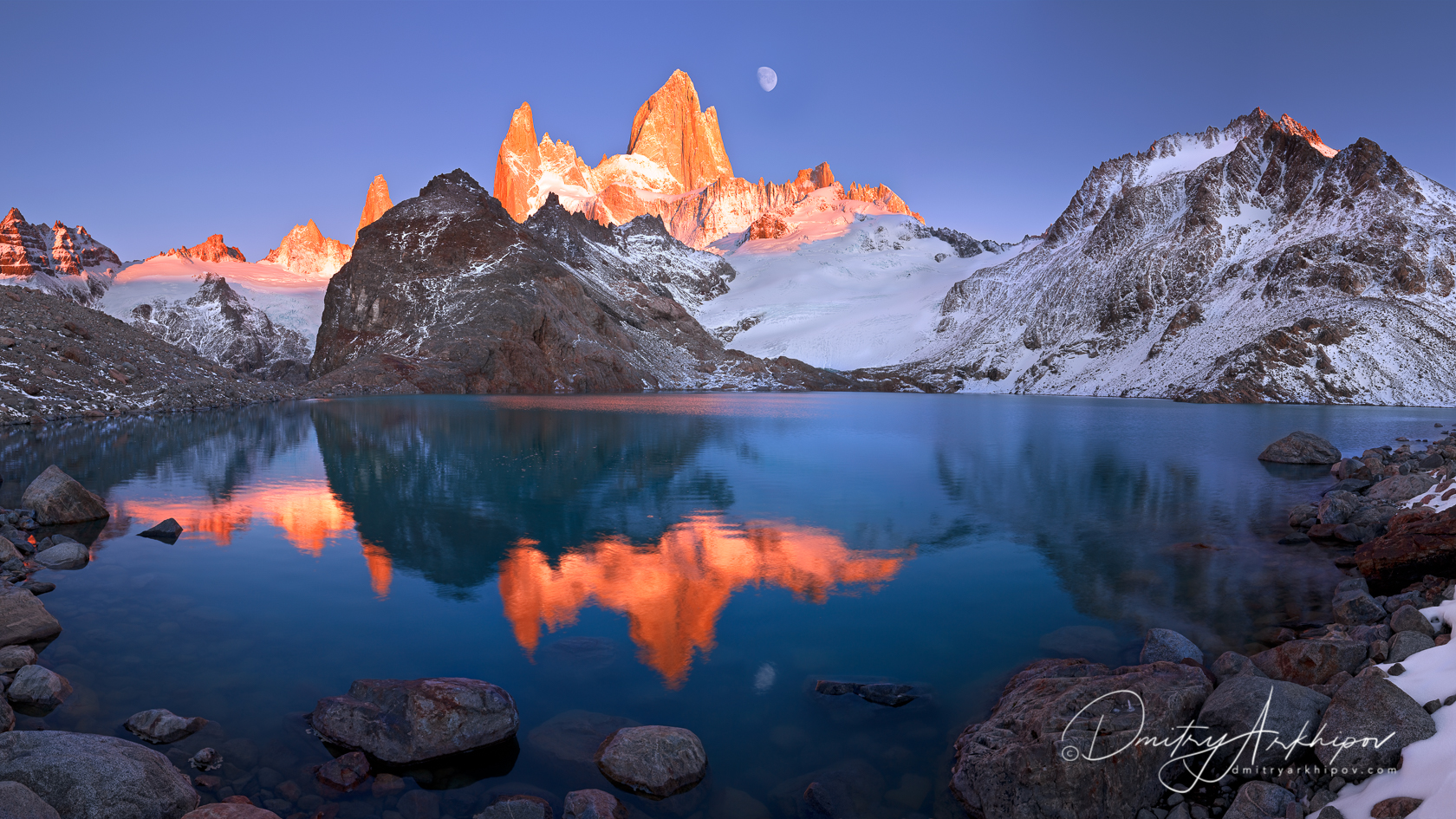
— Is it possible to say that photography for you is a great adventure? I mean to climb a volcano, go to the desert in Namibia, go to the polar bears for smart shots ...
— So it is, photography as an activity is a great opportunity to realize your wildest fantasies in travel and adventure. And the photos as a result - this is an excellent trophy, which will always remain with you and which you can share with people.
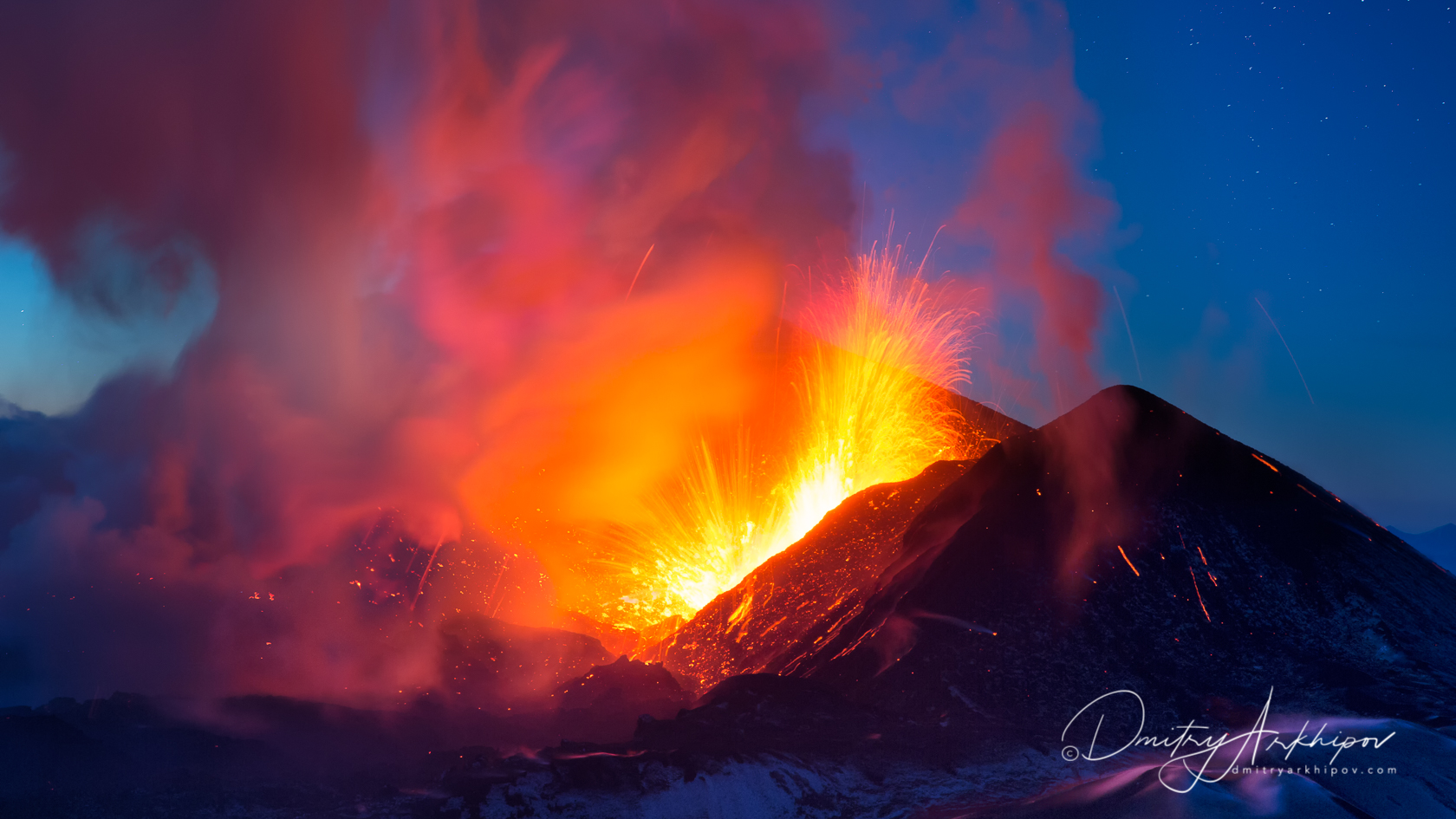
— How close do you have to approach wild animals in order to make a cool shot?
— Often the closer you get to the animal, the more interesting and unusual picture you shoot. I've had to shoot the most ferocious predator - a polar bear in the Arctic from a distance of less than a meter, push the camera away from the Great White Shark, and the Royal Penguin in the Antarctic simply pecked the camera lens I was holding in my hands, crawling toward it.
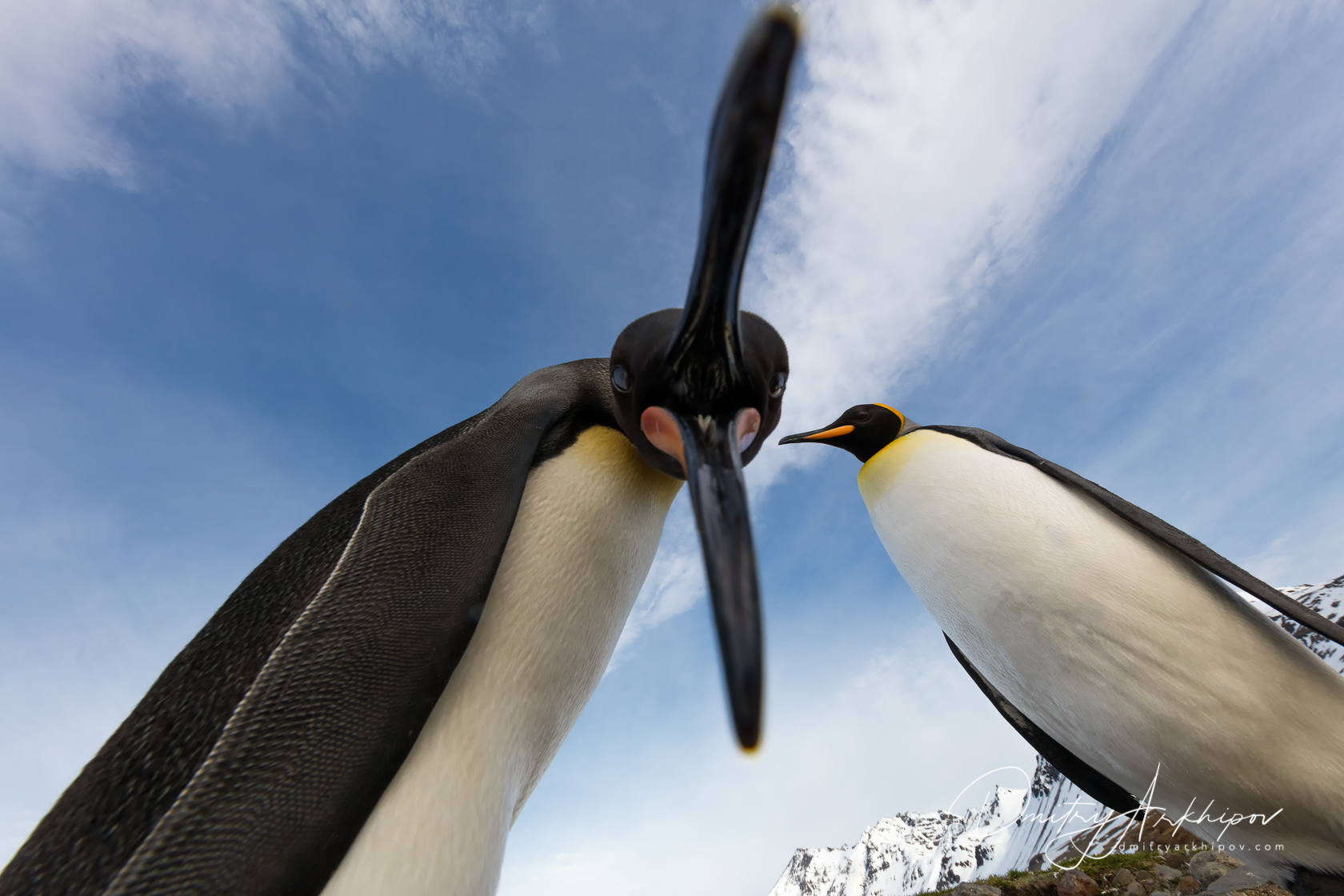
— Did you sit "in ambush" while taking pictures of wild nature? How long it took maximum?
— Of course and many times. Sitting in ambush is a common practice for wildlife photographers. Some of my colleagues spent days or even weeks sitting in a hut. I'm trying to limit waiting for several hours. It seems to me sometimes it is more effective to change the position in order to make the best shot. What is important is not the process, but the result.
In general, a good shot is emotionally akin to a hunting trophy, but you do not kill the animal. Do not ruin a living nature, and often on the contrary, attract the attention of thousands of people to its problems.
In general, a good shot is emotionally akin to a hunting trophy, but you do not kill the animal. Do not ruin a living nature, and often on the contrary, attract the attention of thousands of people to its problems.

— One photographer told me that he takes pictures of nature and does not want to shoot people because he does not want to depend on the mood of the model, her desires, convince, beg, and so on. The nature is somewhat simpler: yes, there may be bad weather, but you can sit for a good shot for hours in the wet grass, but then you decide yourself - you want to sit or want to go on and look for even better shot. Do you agree?
— In some ways, yes. But I still think that it's a little easier to agree with the model than with a bear or a shark. However, to each his own.

— How did you come to the photography. How did it all begin?
— My parents presented me a camera "Smena - 8M" when I was in fifth grade. Since then, I almost never stopped taking pictures.
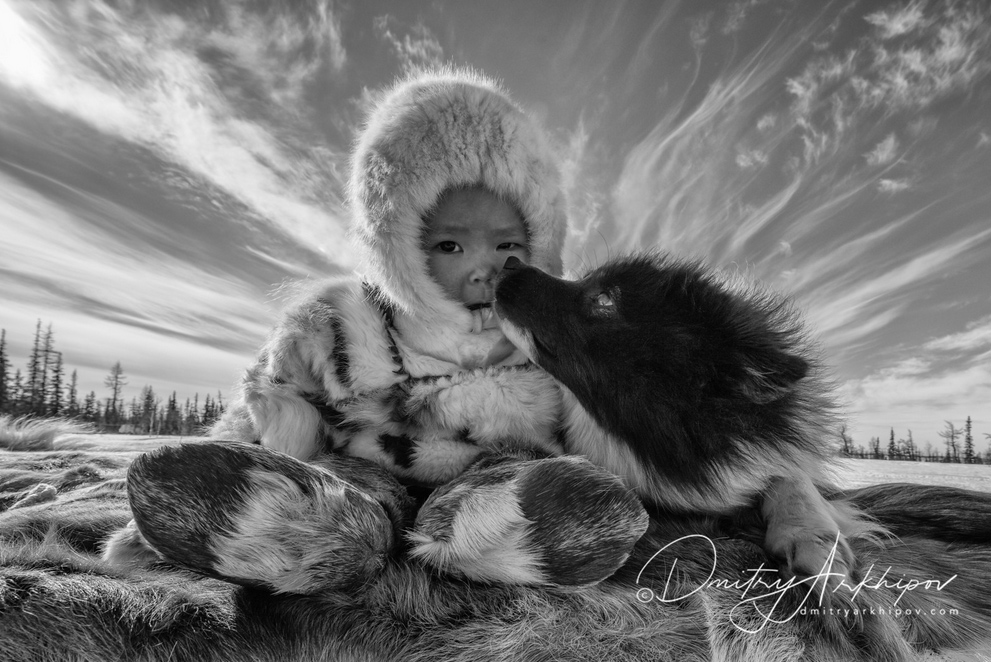
— Do you take one of your friends / relatives on your trips or do you prefer to stay with nature one-on-one? / If one on one: is it uncomfortable / terrifying for you alone with wild animals or in unfamiliar forests?
— I like to go travel photo tours with friends who are photographers. This is the format of photographs, when an experienced and authoritative photographer gathers a team of students and arranges a joint trip to the most picturesque corners of the Earth. In this trip everyone shares their photographic experience. Knowledge and skills of photographing, and most importantly "seeing" the frame in such trips are substantially improved for all participants. This is the best way to learn photography. Earlier I just went to photo tours, now I organize its myself.
However, in the most difficult and adventurous trips, I try to go alone. I do not feel discomfort from being alone. And in extreme situations I used to coun only on myself.
However, in the most difficult and adventurous trips, I try to go alone. I do not feel discomfort from being alone. And in extreme situations I used to coun only on myself.
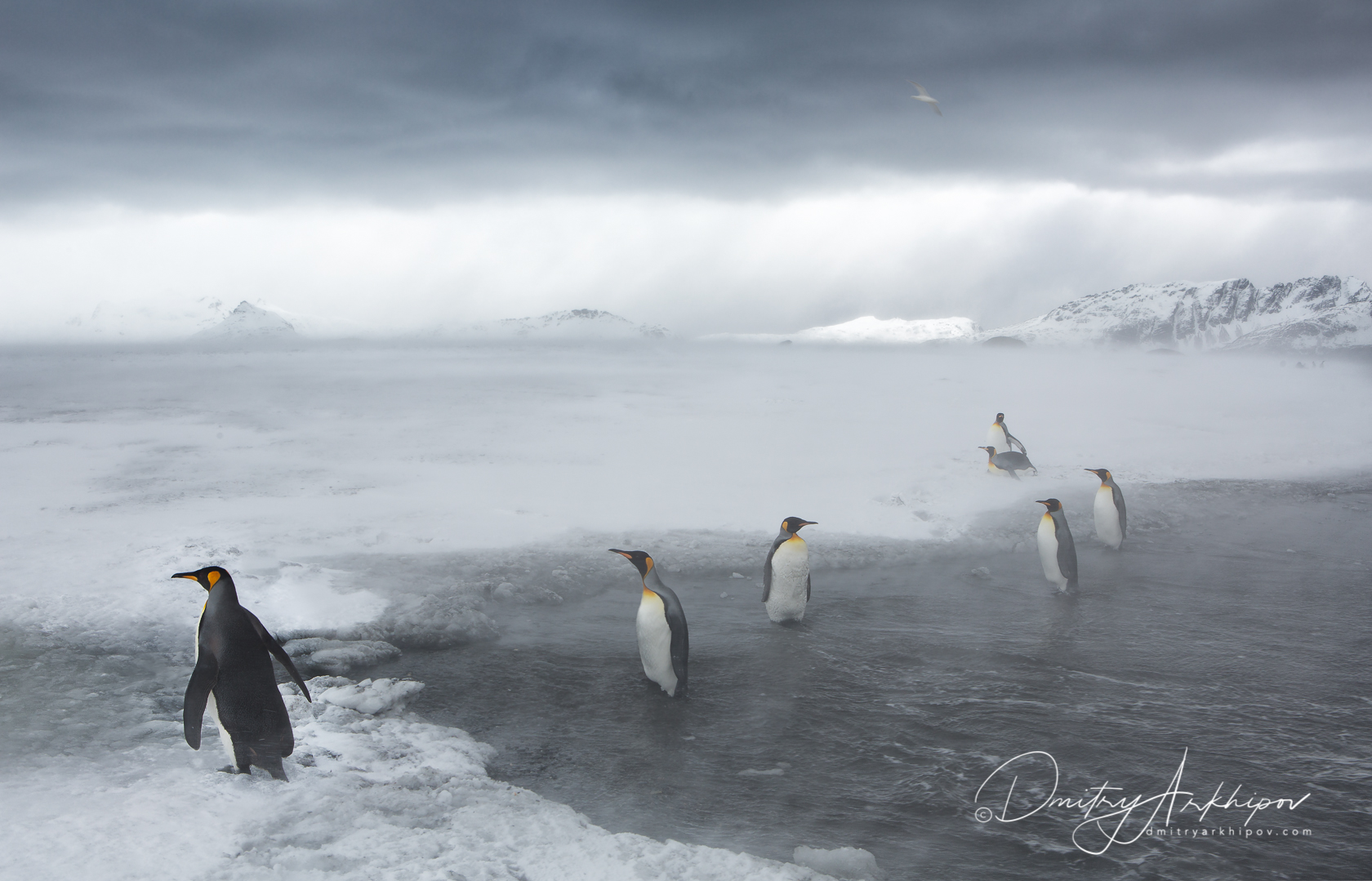
— How do you think the photographer can achieve heights in Russia? For example, in the US photographers are famous personalities, in our country everything is a little different ... For a Russian photographer in our country the top grade is working in National Geographic, for example.
— It seems to me that for the photographer the main height is satisfaction with own creativity and interest to it from the audience. If it is, the rest will follow.
